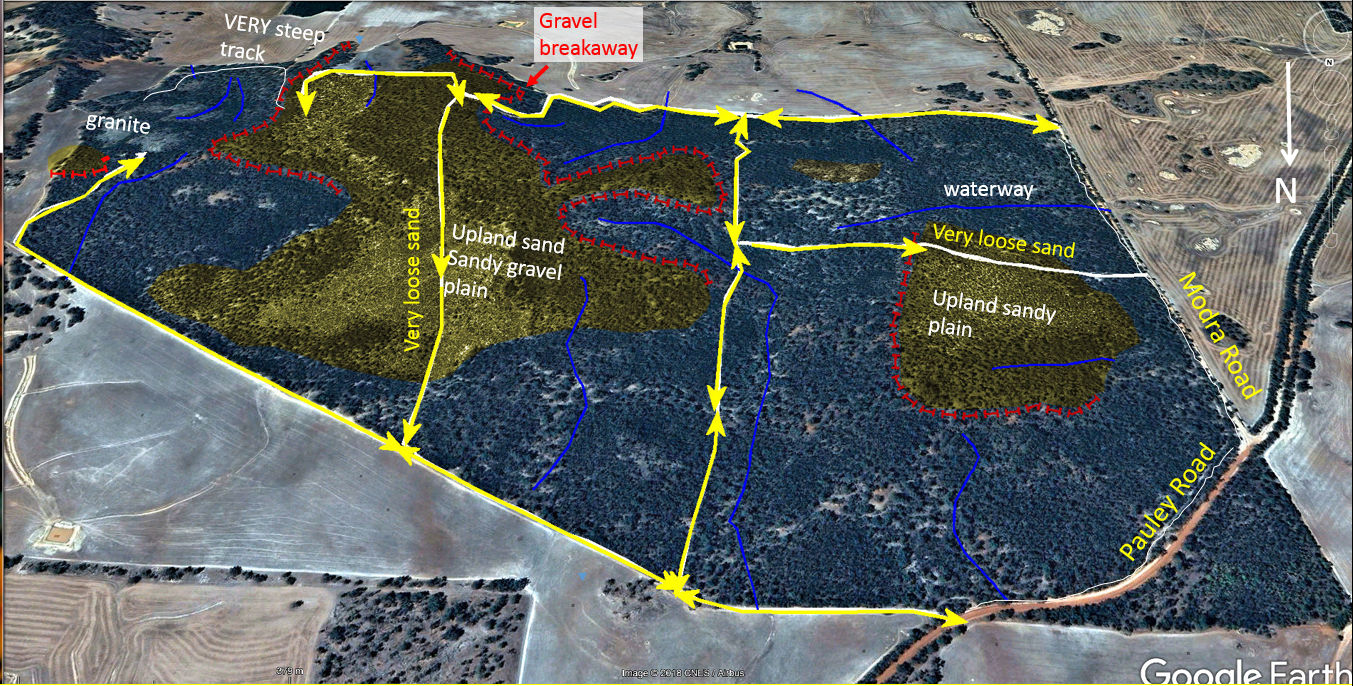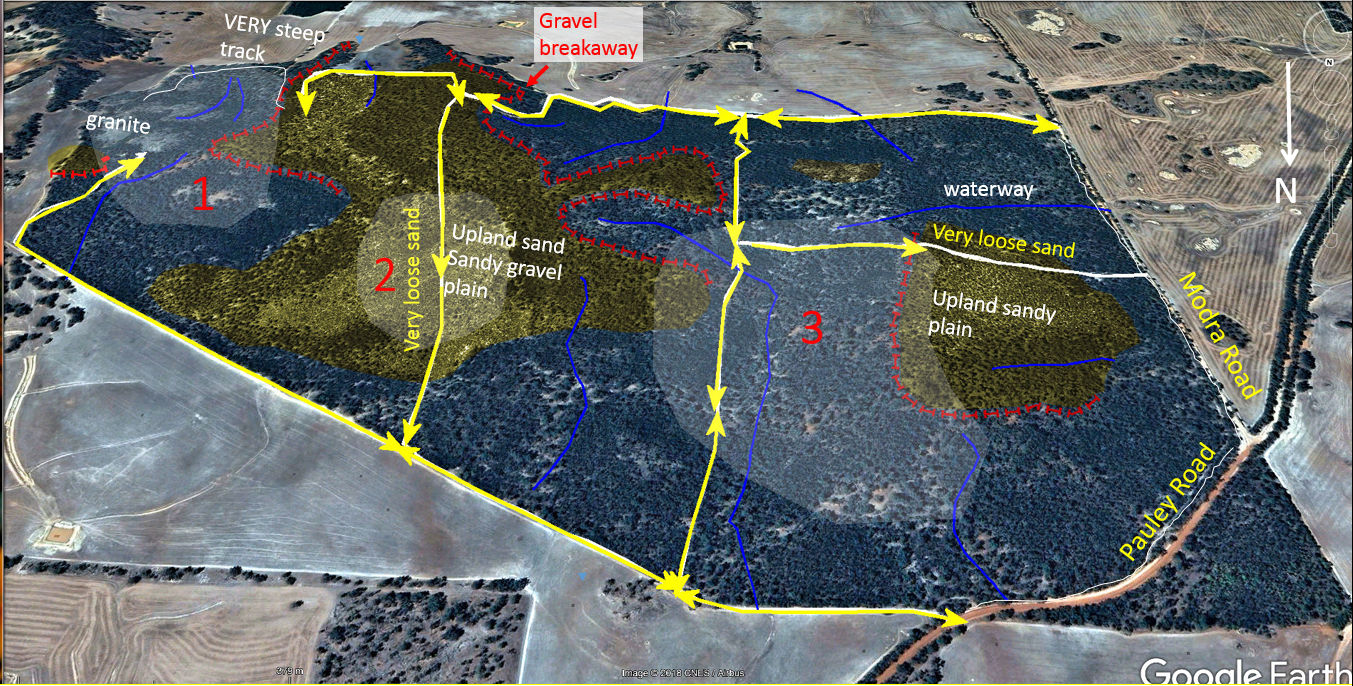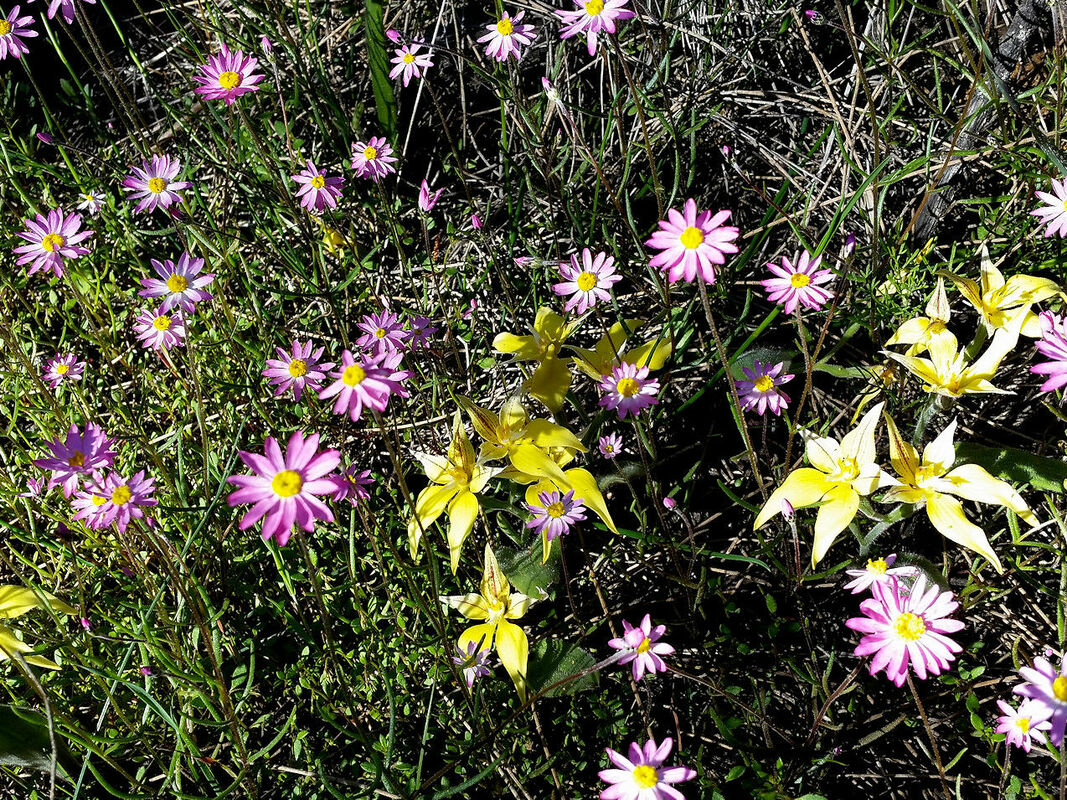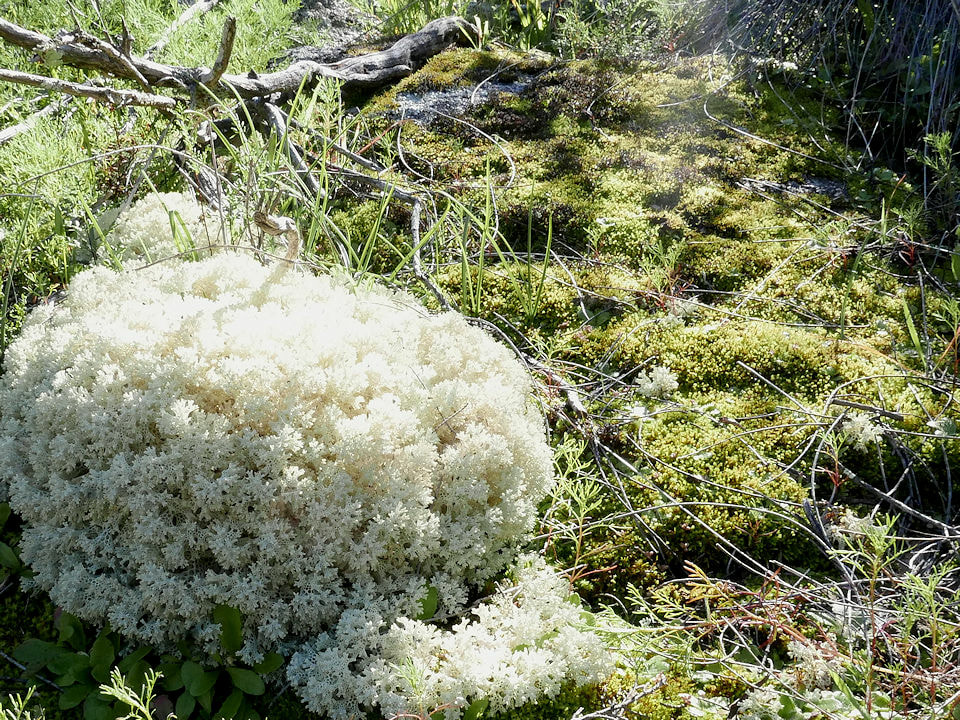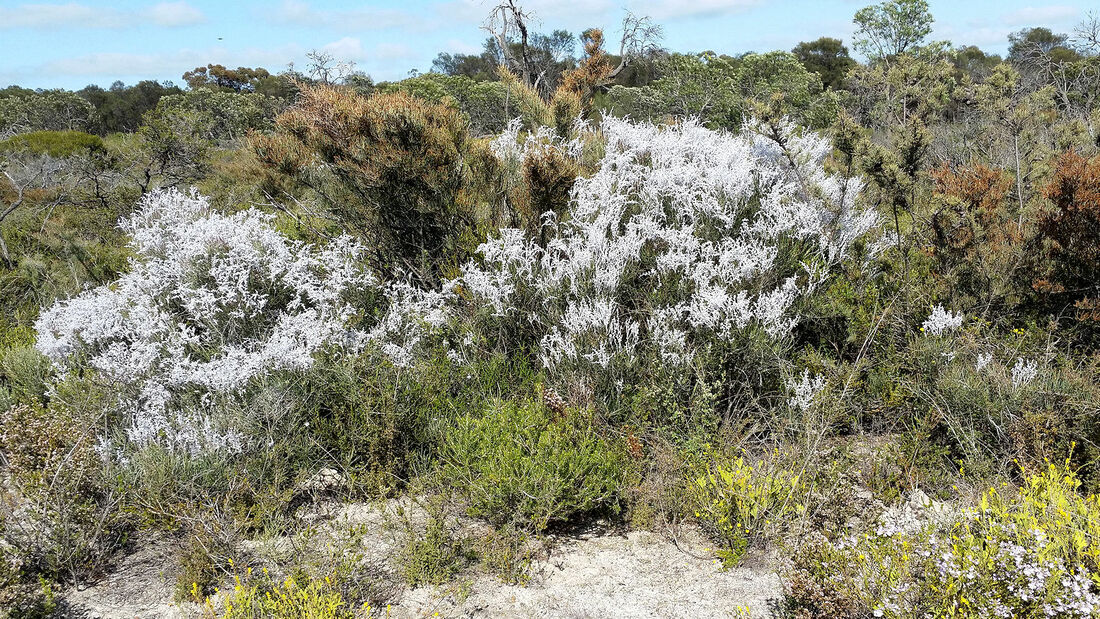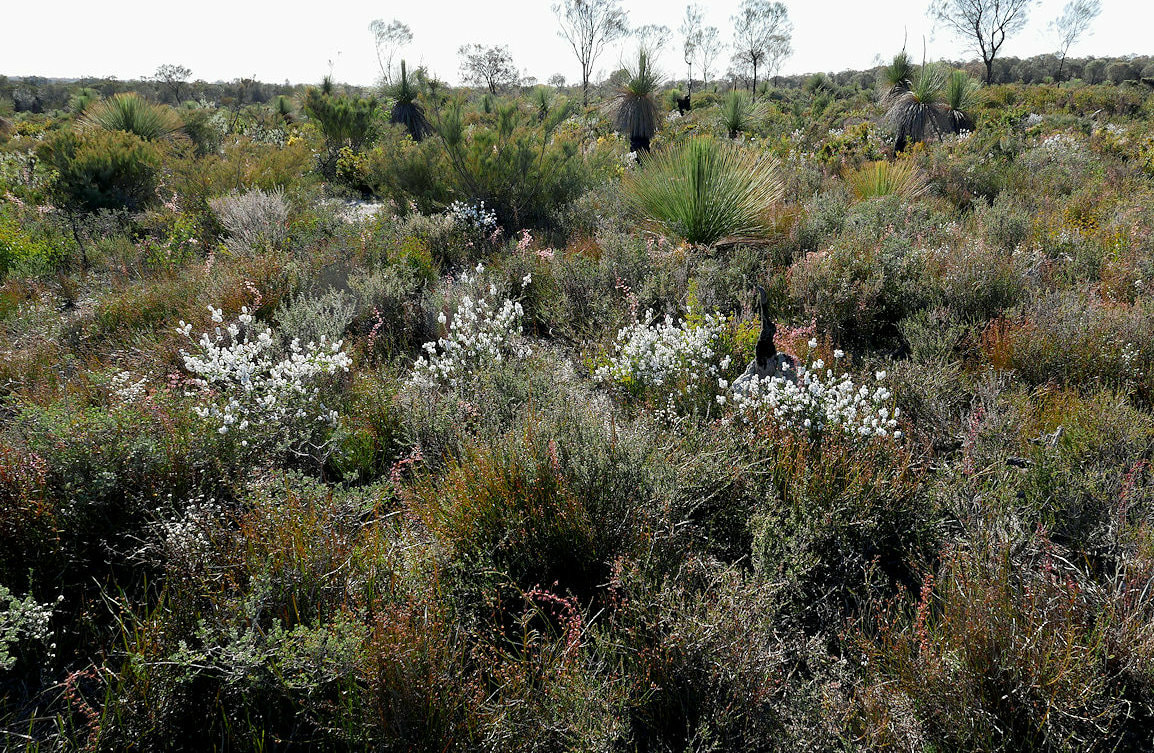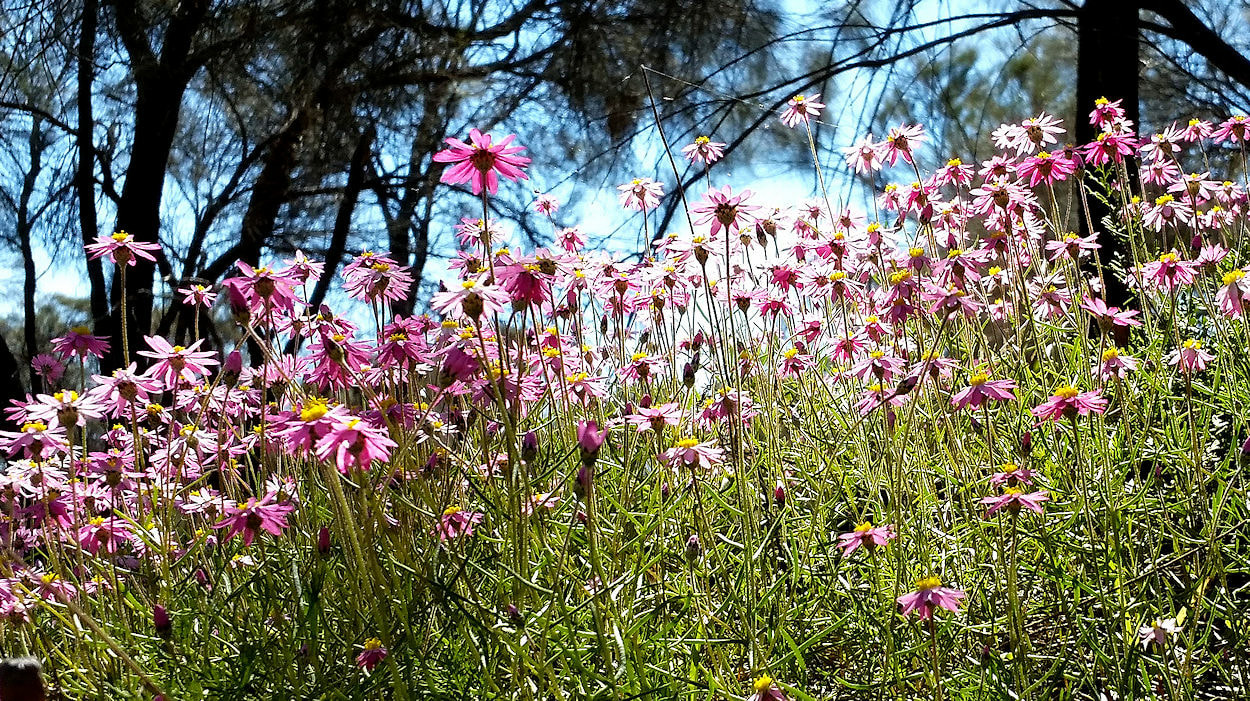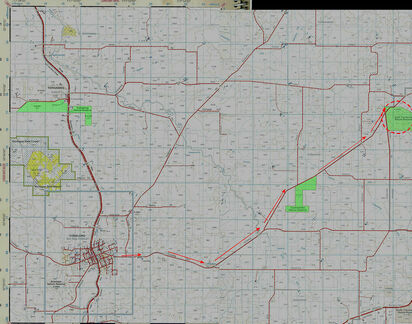
This reserve is an absolute gem, which is actually a long way east of the Yornaning siding. It is 20km north-east of Cuballing in the Wickepin Shire. To get there from the Great Southern Highway, turn east at Cuballing on the Cuballing East Road, Turn left up Pauley Road, drive past Commodine Reserve, to the start of the reserve at the Modra Road turnoff.
We have variable soil types, First World War, the Great Depression, and the rabbit plague to thank for this reserve. As early lithographs on left show, the reserve was allocated for farming, starting from the early 1900s when there were plans for an east/west railway line through Cuballing, with Wickepin Springs in red as a proposed townsite.
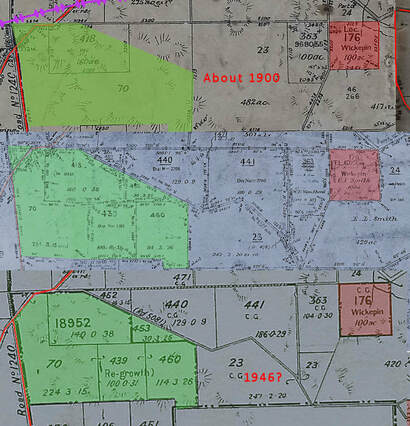
This reserve is a part of the catchment divide between the Hotham, and Avon river catchments.
This reserve has a great mix of rocky soils, sandplain, breakaways and pristine forest types, which change frequently revealing new flowers and views as you wander through the bush.
One downside is that the tracks are not frequently maintained. Many are a bit rough and stony (OK for my ute), and have two sandy areas that an average car could get bogged when dry.
The reserve has upland pale sand/ sandy gravel plains that are often bounded by steep breakaways (red dotted lines). The bulk of the reserve is undulating sheoak and wandoo soil with rock outcrops (great spring wildflower country).
Arrows show suggested driving direction for average cars. Double arrows indicate that you can drive in either direction. Where tracks pass through loose sandy spots the single arrow indicates driving in a downslope direction, and to avoid stopping in loose sand. Avoid driving in the south-east corner – you may get stuck in boggy spots and below a very steep slope.
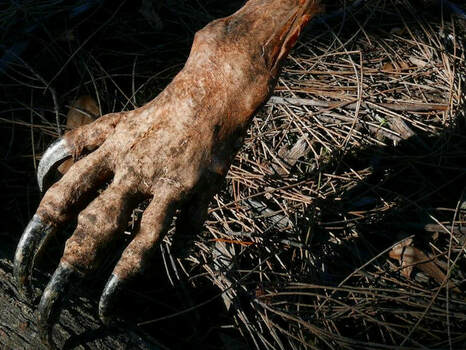
To get there drive on to the firebreak on the eastern side of the reserve and follow it all the way to a granite outcrop, and turn around and return the way you came.The trail continues over the granite outcrop but please do not drive on it. The trail is rocky and rough and leads to a very steep breakaway that is only suitable for 4WD vehicles.
This is lovely wildflower country in spring and a nice place for a picnic.
However be on your guard! I found a fearsome claw there that could only belong to an East Yornaning Bunyip.
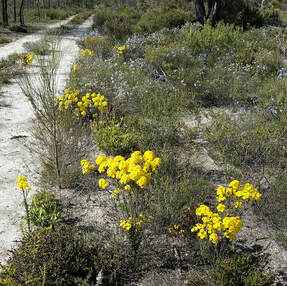
On the original block description this area was called ‘Worthless Sand’. Thank heavens it wasn’t ever cleared, as it has the most diverse collection of white sand wildflowers that I have seen in the district. It is a kwongan shrub plain containing scattered Banksia attentuata and Christmas tree/Nuytsia floribunda trees. You need to visit his area at least four times to catch the overlapping peak flowering periods: Late August, October, November, and December-January. Fabulous area!
A small fenced area at the top of the slope protects a rare Acacia. It also contains other species that are not growing outside, and shows that isolated reserves are not necessarily ‘natural’ due to kangaroo grazing pressure and other stresses.

Surprisingly this reserve is not a great orchid spot. I saw Enamel, Fringed Mantis, Cowslip, Blue Fairy, Greenhood, snail Greenhood, and Jug orchids and hope to find the Leafless Orchid spot next season
Definitely visit this reserve if you enjoy bushwalking, bird watching and wildflower displays, and your car can handle bush tracks (2WD fine if you are careful).
Do not visit if you are car proud and need well developed and signposted walk trails
For visual exploration of the reserve click this link
